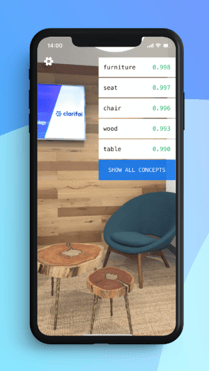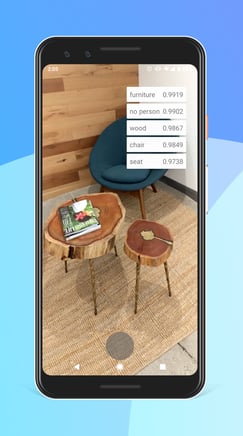In this day and age, it's not enough for businesses to tell their customers your technology works. With Clarity, our new open-source app, we want to show you by giving you the chance to test our technology in your own world.
Advertising as it was
Back in 2002, Verizon Wireless launched a now iconic marketing campaign. You remember the ad. We’d see the Test Man in various locations where the cellular signal was typically weak or spotty. However, when he spoke to his counterpart on his presumably Verizon Wireless powered mobile phone, we heard him say the now-famous phrase: “Can You Hear Me Now? Good.”
This campaign inspired much confidence in the service Verizon Wireless provided. Actually seeing the Test Man moving around with his mobile phone and asking the question after every step seemed to show that no matter where you found yourself, you could be confident that there would be a strong Verizon Wireless signal to service your cell phone.
The results were material. Not only did Verizon Wireless decrease customer turnover to just 1.8%, within two years, they saw their number of mobile subscribers increase by almost 35%, making the company the largest wireless telecommunications provider in the US, where it remains today.
Why the AI Age Needs More Than Advertising
Fast forward to our present time, however, customers are much more informed than they were in 2002, making advertising far less effective. Verizon Wireless is still the number one network, but its status is due not to its effective advertising, but rather for elements like its reliability, speed and data connections. Confidence and trust in an external piece of information, like a prediction, detection, description, or opinion, can only be earned when it is accompanied with consistent accuracy over time. While the Verizon campaign inferred this, now for any individual or corporation to trust a computer system like AI or computer vision, they must be able to verify that it produces results as accurate or close to how a human can do, if not better. Further, it cannot only do this once, but must show its ability time and again, perform reliably, and without missing a beat.
In our modern lives, we are both using and surrounded by a countless number of devices: smartphones, smart cameras, smart drones, smart doorbells, to name but a few. The key point here is that all those devices are smart. However, the litmus test is to be evaluated by the users of those devices: how smart do these devices appear to them? To answer that question, we first need to set reasonable expectations (as to measure something against a set of unreasonable expectations would just be wishful thinking.)
Here at Clarifai, we can help you with your smart app and smart device. We offer a series of cross-platform software development kits (SDKs), all of which are powered by a computer vision engine capable of running inferences entirely on the smart device. It does this without the need to send data over a wireless network, ensuring you don’t have to wait for results. Not only will your app or device be able to see what is being observed (i.e., an uploaded or live image or video,) it will also be able to understand the context of it, producing more accurate, human-like results.
There are many advantages in adopting a cross-platform SDK, but chief among them is the consistency of the results’ accuracy, irrespective of the underlying operating system of hardware. Still, why take our word for how accurate it is? Why not let you see it functioning with your own eyes and run your own experiments?
Giving "Clarity" to Our Customers 
This idea is the inspiration behind our new computer vision demo app. Not only have we made Clarity capable of applying visual recognition to sights in your everyday life, but we are also allowed you to clone its repository (for Android and iOS,) study the code, and see the details of how the app was built and integrated with the SDK. By making its source code available, we want to help you learn how to integrate the SDKs into your own products, to let you further test our technology's capabilities.
So, whether build your own version of Clarity or create a new app altogether, we want you to see for yourself how Clarifai can help you make better apps for your customers, powered by computer vision.



